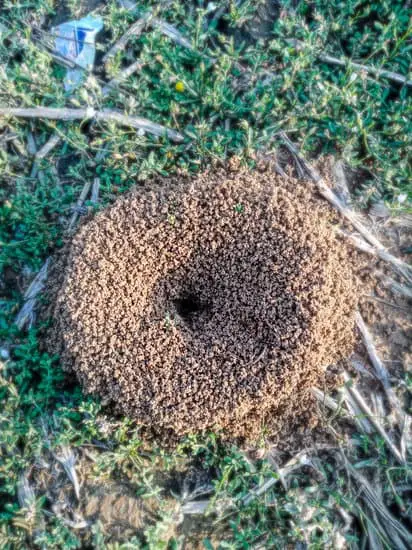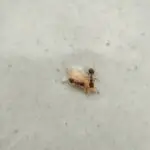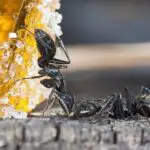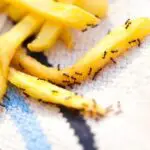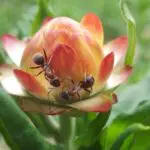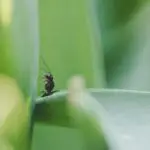Can There Be Multiple Queen Ants in a Nest?
Several factors influence the number of queen ants in a nest. This includes the duration of the colony’s life cycle, the colony’s age, the age of the queen, and the number of workers. Increasing the number of queens is not always beneficial for the colony, however.
In some species, a single queen lays thousands of eggs in her lifetime. In others, there are millions of queens. Nevertheless, most ant species do not tolerate more than one queen in the same nest.
In some species, a single worker ant is promoted to the position of queen. This promotion can be beneficial, in that it can reduce the costs associated with a variety of essential tasks. But in others, cooperation among the foundresses can help mitigate risks. This type of cooperation can also facilitate retention of multiple unrelated queens in mature colonies.
In ant colonies, multiple queens may be due to an interdemic selection process or pleometrosis. Pleometrosis occurs when two or more queens remain together in the colony after mating. Pleometrosis has been linked to higher survival rates for queens, and to increased worker production.
Several species, such as pavement ants, have only one functional queen. But other species, such as Australian meat ants, are highly versatile. They can form colonies with thousands of queens.
When queens form a new nest, they may choose to start it away from the nest of a rival queen. This will help the colony survive the first year. However, if the queen dies, the colony will die. This can take months or years, depending on the species.
